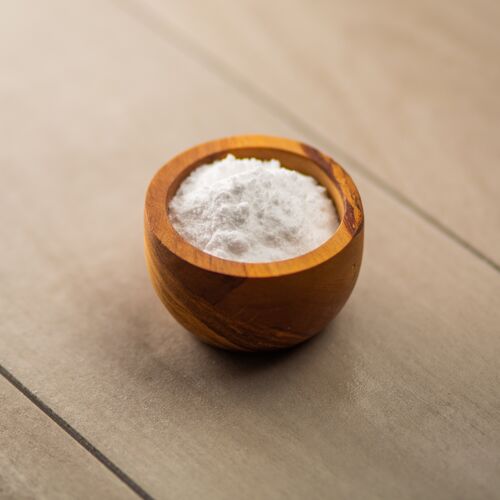Sugarcane Product and Its Role in the Global Renewable Energy Movement
Sugarcane Product and Its Role in the Global Renewable Energy Movement
Blog Article
The Journey of Sugarcane: From Harvest to Everyday Products
The trip of sugarcane is a multifaceted procedure that begins with meticulous growing and culminates in a selection of items that permeate our daily lives. As we discover the different elements of sugarcane's journey, its role in sustainability and the wider effects for our atmosphere come into sharper focus.
Farming of Sugarcane
The growing of sugarcane is a crucial farming procedure that needs specific environmental problems and administration techniques. Optimal development occurs in exotic and subtropical areas where temperatures vary in between 20 ° C and 32 ° C. Adequate rainfall or watering is essential, as sugarcane flourishes in wet soil with well-drained conditions (sugarcane product). Dirt quality substantially affects yield; therefore, farmers commonly conduct soil examinations to determine nutrient demands
This method facilitates efficient harvesting and optimizes sunshine direct exposure. Plant turning and intercropping are suggested methods to improve soil fertility and decrease insect problems.
Timely application of these fertilizers can dramatically enhance sugar yields. Generally, effective sugarcane farming hinges on a mix of environmental stewardship, critical planning, and ongoing administration practices.
Collecting Methods
Effective sugarcane growing finishes in the gathering stage, which is critical for making the most of return and guaranteeing high quality. The timing of the harvest is crucial; sugarcane is normally harvested when sucrose degrees peak, normally in between 10 to 18 months after growing. This period differs based upon climate, dirt kind, and sugarcane range.
Harvesting methods can be generally categorized into guidebook and mechanical methods. Hands-on harvesting is labor-intensive, relying upon knowledgeable workers who utilize machetes to reduce the stalks close to the ground. This technique permits for discerning harvesting, where only the ripest walking sticks are picked, thereby improving general sugar web content.
Conversely, mechanical harvesting has acquired appeal due to its efficiency and cost-effectiveness. Specialized harvesters furnished with reducing blades and conveyor systems can refine large areas promptly, considerably minimizing labor prices. This strategy might lead to the incorporation of premature walking canes and a possible decline in sugar quality.

Despite the method employed, ensuring that collected walking canes are delivered quickly to refining facilities is important. Prompt handling decreases perishing and preserves the stability of the sugarcane, setting the phase for optimum handling.
Processing Approaches
Handling sugarcane includes several crucial steps that change the gathered stalks into useful products, primarily sugar and molasses. The first stage is washing the walking stick to eliminate dirt and particles, adhered to by the extraction of juice through crushing or milling. This procedure normally utilizes hefty rollers that damage the cane fibers to launch the wonderful fluid consisted of within.
When the juice is removed, it goes through clarification, where contaminations such as soil fragments and bagasse are removed. This is often accomplished by adding lime and heating the juice, allowing sedimentation. The cleared wikipedia reference up juice is then focused via evaporation, where water web content is minimized, causing a thick syrup.

Ultimately, the handling of sugarcane not just produces sugar and molasses however additionally prepares for different by-products, which will certainly be explored in succeeding conversations.
Products Derived From Sugarcane
Sugarcane is a versatile crop that produces a vast array of products past simply sugar and molasses. Amongst the key byproducts are ethanol and biofuels, which have actually gotten prestige as renewable energy sources. Ethanol, generated with the fermentation Go Here of sugarcane juice, functions as a different to nonrenewable fuel sources and is typically combined with fuel to develop cleaner-burning gas, decreasing greenhouse gas discharges.
In addition, sugarcane is a substantial resource of bagasse, the fibrous residue remaining after juice extraction. special info Bagasse is utilized in different applications, consisting of the manufacturing of paper, biodegradable packaging, and as a biomass fuel for energy generation. Its use not only reduces waste but also enhances the sustainability of sugarcane processing.
In addition, sugarcane-derived items include the food market, where it serves as a natural flavor representative and sugar in different cooking applications. In the realm of cosmetics, sugarcane extracts are included right into skincare products due to their natural exfoliating residential or commercial properties.
Environmental Influence and Sustainability
The growing and processing of sugarcane have substantial ramifications for environmental sustainability. This plant needs significant water sources, commonly resulting in depletion of neighborhood water materials and affecting bordering environments. Additionally, making use of plant foods and pesticides in sugarcane farming can cause soil degradation and river pollution, posturing dangers to biodiversity.

Lasting sugarcane farming additionally promotes soil wellness through crop rotation and lowered tillage, improving carbon sequestration. The fostering of these techniques not only supports ecological stability however additionally enhances the strength of farming communities versus environment change.
Verdict
In recap, the journey of sugarcane encompasses different phases from farming to processing, ultimately leading to a large selection of items. The importance of sugarcane prolongs past plain sugar, adding to renewable resource through ethanol production, sustainable packaging via bagasse, and all-natural essences for cosmetics. This multifaceted crop plays a critical function in both dietary enrichment and environmental sustainability, highlighting its value in modern agricultural and industrial practices.
Successful sugarcane cultivation culminates in the collecting phase, which is essential for maximizing yield and making certain quality. The timing of the harvest is essential; sugarcane is generally gathered when sucrose levels peak, usually between 10 to 18 months after growing.Handling sugarcane includes a number of crucial actions that transform the harvested stalks into useful items, mostly sugar and molasses.Sugarcane is a flexible crop that yields a vast range of items beyond just sugar and molasses. In addition, the usage of fertilizers and pesticides in sugarcane farming can result in dirt deterioration and waterway pollution, posing risks to biodiversity.
Report this page